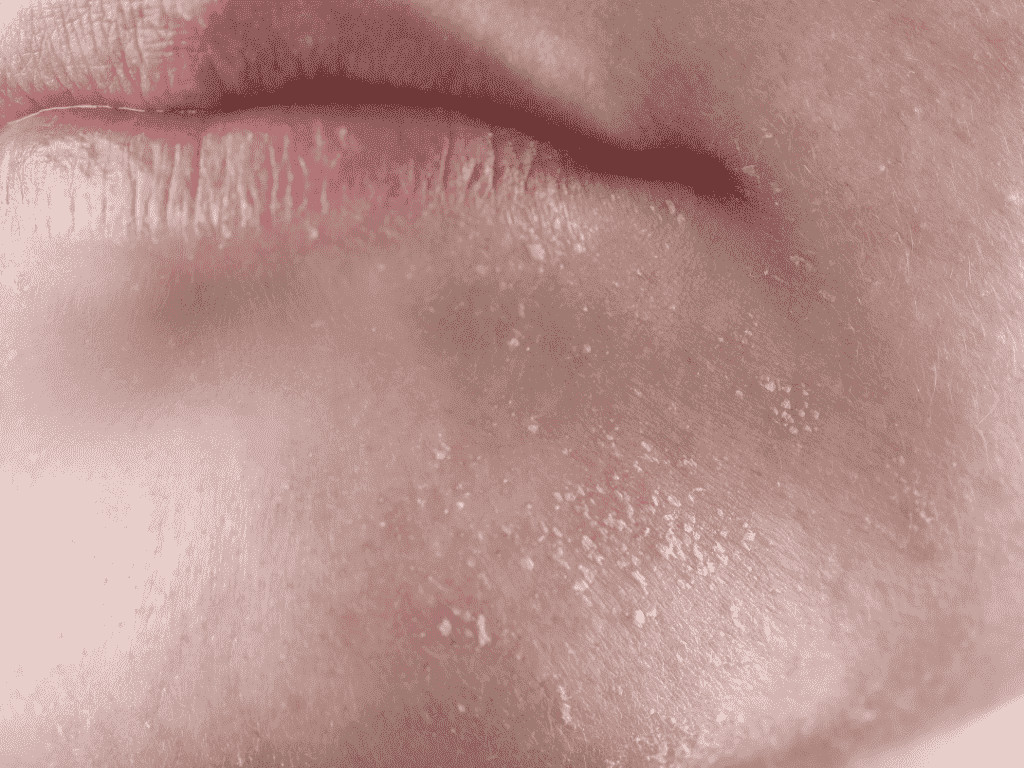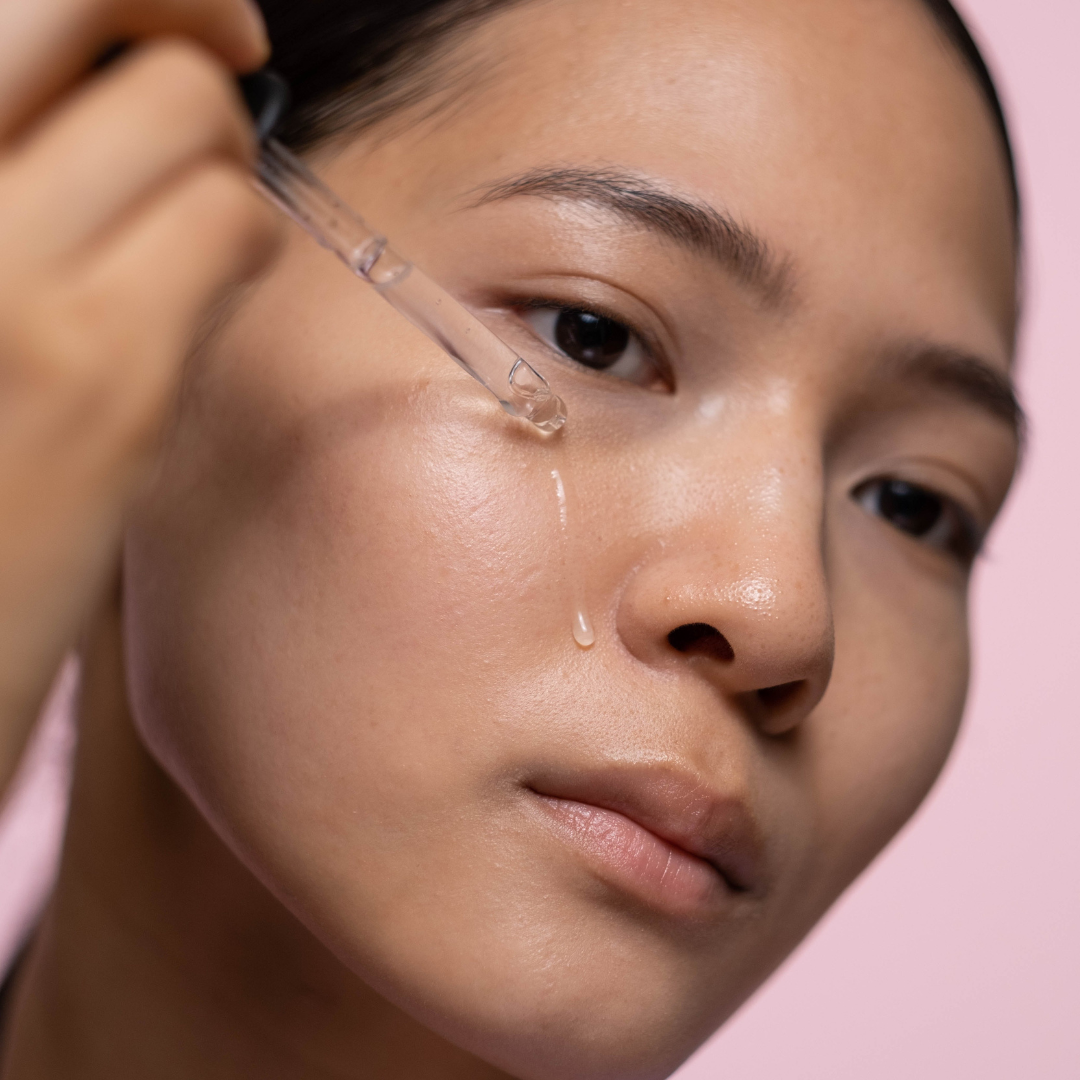Introduction
In the quest for radiant and healthy skin, understanding your skin type is paramount. Two common skin conditions that often cause confusion are dry skin and dehydrated skin. While they might seem similar, they have distinct causes and characteristics. This blog will shed light on the details of dry and dehydrated skin, helping you identify and address these concerns effectively.
What is Dry Skin?
Dry skin is a skin type characterized by a lack of oil, also known as sebum, which is essential for maintaining the skin's natural moisture and barrier. People with dry skin often have a dull complexion, flakiness, and a tight, uncomfortable feeling. The causes of dry skin can vary from person to person and may include:
- Genetics: Some people are genetically predisposed to having dry skin.
- Environmental Factors: Harsh weather conditions, low humidity, and excessive sun exposure can contribute to dry skin.
- Age: As we age, our skin's ability to retain moisture decreases, leading to dryness.
- Overuse of Harsh Skincare Products: Excessive use of strong cleansers or alcohol-based products can strip the skin of its natural oils.
What is Dehydrated Skin?
Dehydrated skin, on the other hand, is a temporary condition rather than a skin type. It occurs when the skin lacks water or moisture. Even oily skin types can experience dehydration. Dehydrated skin often displays signs such as:
Causes of skin dehydration can include:
Treating Dry and Dehydrated Skin
Now that you can differentiate between dry and dehydrated skin, let's explore how to care for each.
Dry Skin
Dehydrated Skin
Conclusion
Understanding the distinction between dry and dehydrated skin is crucial for proper skincare. By identifying the causes and symptoms of these conditions, you can tailor your skincare routine to provide the necessary hydration and nourishment. Remember, consult a dermatologist for personalized advice if you struggle with persistent skin issues. Your journey to healthier, more radiant skin begins with knowledge and the right skincare routine.




